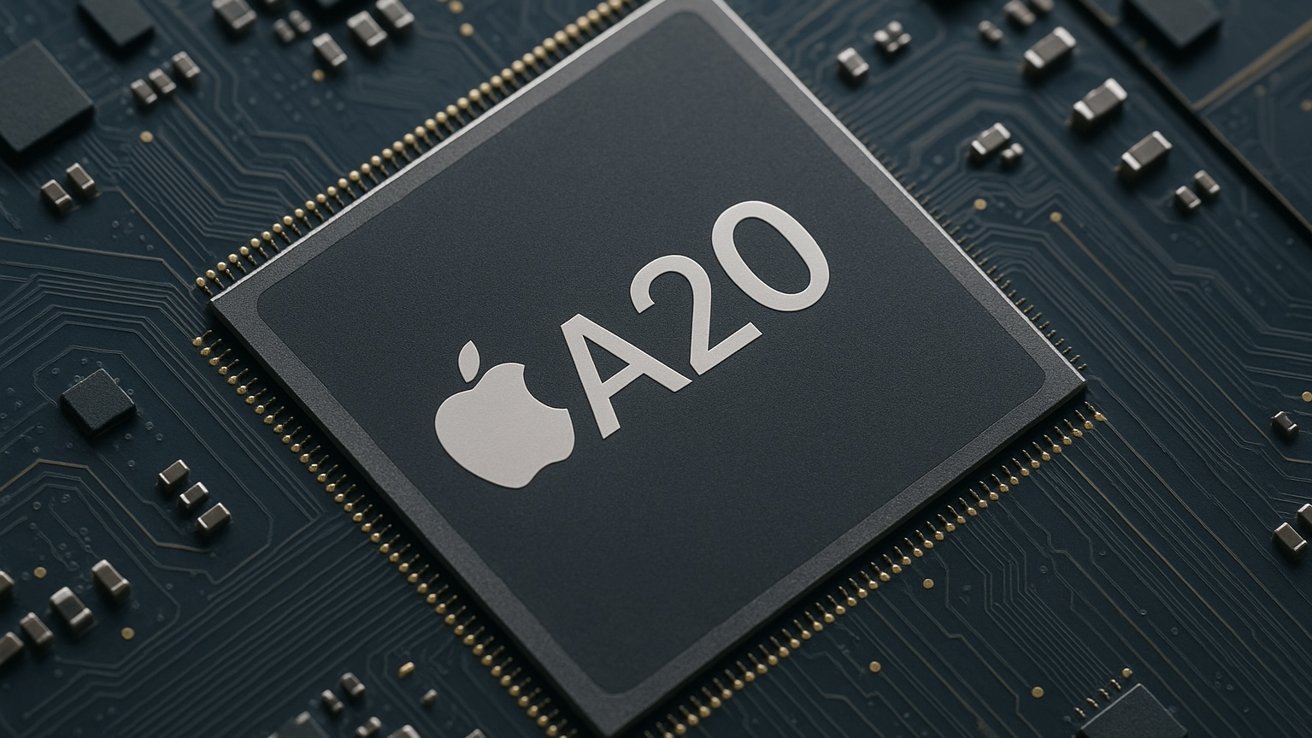Apple is on the brink of a significant technological advancement with the development of its A20 and A20 Pro chips, set to debut in the iPhone 18 series and the much-anticipated foldable iPhone. These processors will utilize TSMC’s cutting-edge 2-nanometer (2nm) fabrication process, marking a substantial leap from the current 3-nanometer (3nm) technology. This transition is expected to usher in a new era of thinner, more efficient, and cooler-running iPhones.
The 2nm Transition:
The shift to a 2nm process involves reducing the size of transistors on the chip, allowing for more transistors to be packed into the same space. This miniaturization leads to enhanced performance and energy efficiency. For users, this means faster processing speeds, improved responsiveness, and extended battery life. Tasks that demand high computational power, such as artificial intelligence applications and advanced graphics rendering, will particularly benefit from this upgrade.
Innovative Chip Packaging:
Apple is reportedly adopting a new chip packaging technique known as Wafer-Level Multi-Chip Module (WMCM). Unlike the traditional Integrated Fan-Out (InFo) method, which integrates components like memory directly into the chip package, WMCM allows for the assembly of multiple dies—such as the CPU, GPU, and Neural Engine—into a single, compact package. This approach offers several advantages:
– Design Flexibility: Apple can mix and match different combinations of CPU, GPU, and Neural Engine dies, enabling the creation of various chip configurations tailored to specific device needs.
– Enhanced Performance: By placing memory closer to the processing units, WMCM reduces latency and increases memory bandwidth, resulting in faster data access and improved overall performance.
– Improved Thermal Management: The compact and efficient design helps in better heat dissipation, allowing devices to run cooler even under heavy workloads.
Implications for iPhone Design:
The combination of the 2nm process and WMCM packaging is expected to have a profound impact on iPhone design:
– Thinner Profiles: The reduced size of the A20 chips will enable Apple to design slimmer iPhones without compromising on performance or battery life. This could lead to the introduction of ultra-thin models, such as the rumored iPhone Air, which is expected to be significantly thinner than its predecessors.
– Enhanced Cooling Solutions: Efficient thermal management is crucial for maintaining device performance and longevity. The new chip design, coupled with potential advancements like vapor chamber cooling systems, will help keep devices cooler, even during intensive tasks.
– Extended Battery Life: Improved energy efficiency means that iPhones can deliver longer usage times on a single charge, enhancing the user experience.
Strategic Timing and Market Positioning:
Apple’s transition to 2nm technology aligns with TSMC’s production roadmap, which plans to commence large-scale 2nm production in late 2025. By adopting this technology early, Apple positions itself ahead of competitors like Qualcomm and MediaTek, who are expected to reach 2nm production by late 2026. This head start allows Apple to offer superior performance and efficiency in its devices, reinforcing its leadership in the smartphone market.
Challenges and Considerations:
While the benefits are clear, the transition to 2nm technology and new packaging methods presents challenges:
– Manufacturing Costs: The advanced 2nm process is more expensive, with production costs reportedly increasing by at least 50%. However, Apple has a history of absorbing such costs to maintain competitive pricing for consumers.
– Thermal Management: Integrating multiple dies into a compact package requires effective heat dissipation strategies to prevent overheating and ensure device reliability.
– Supply Chain Coordination: Ensuring a steady supply of 2nm chips will require close collaboration with TSMC and other suppliers to meet production demands.
The Foldable iPhone Factor:
The introduction of a foldable iPhone adds another layer of complexity and excitement. Foldable devices demand exceptional power efficiency and flexible display coordination, both of which can be optimized through custom silicon like the A20 Pro. This move could position Apple as a strong contender in the emerging foldable smartphone market.
Conclusion:
Apple’s development of the A20 and A20 Pro chips represents a significant technological leap, promising thinner, more efficient, and cooler-running iPhones. By leveraging TSMC’s 2nm process and innovative packaging techniques, Apple is set to deliver devices that not only meet but exceed user expectations in performance and design. As the smartphone industry continues to evolve, Apple’s strategic advancements ensure it remains at the forefront of innovation.



